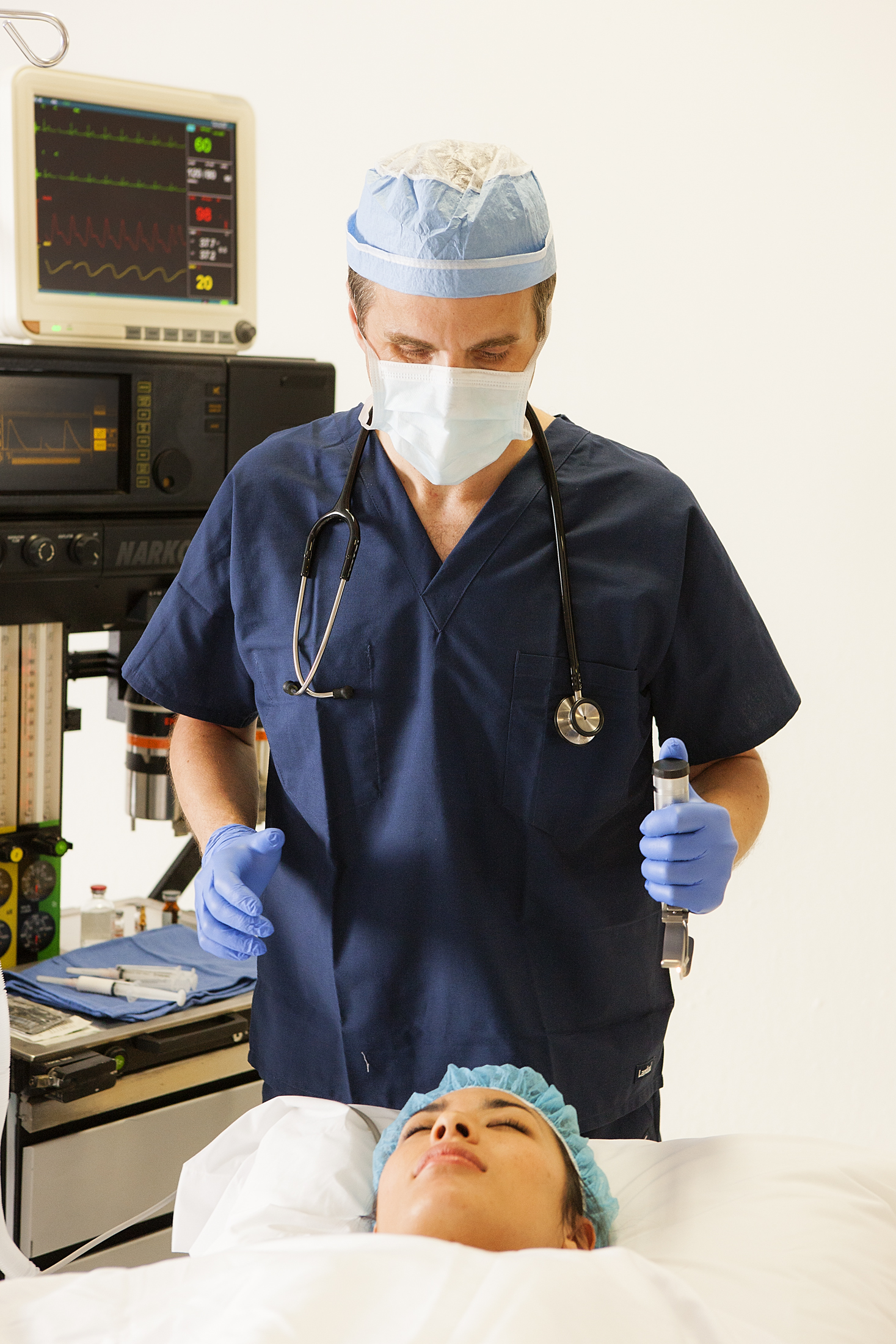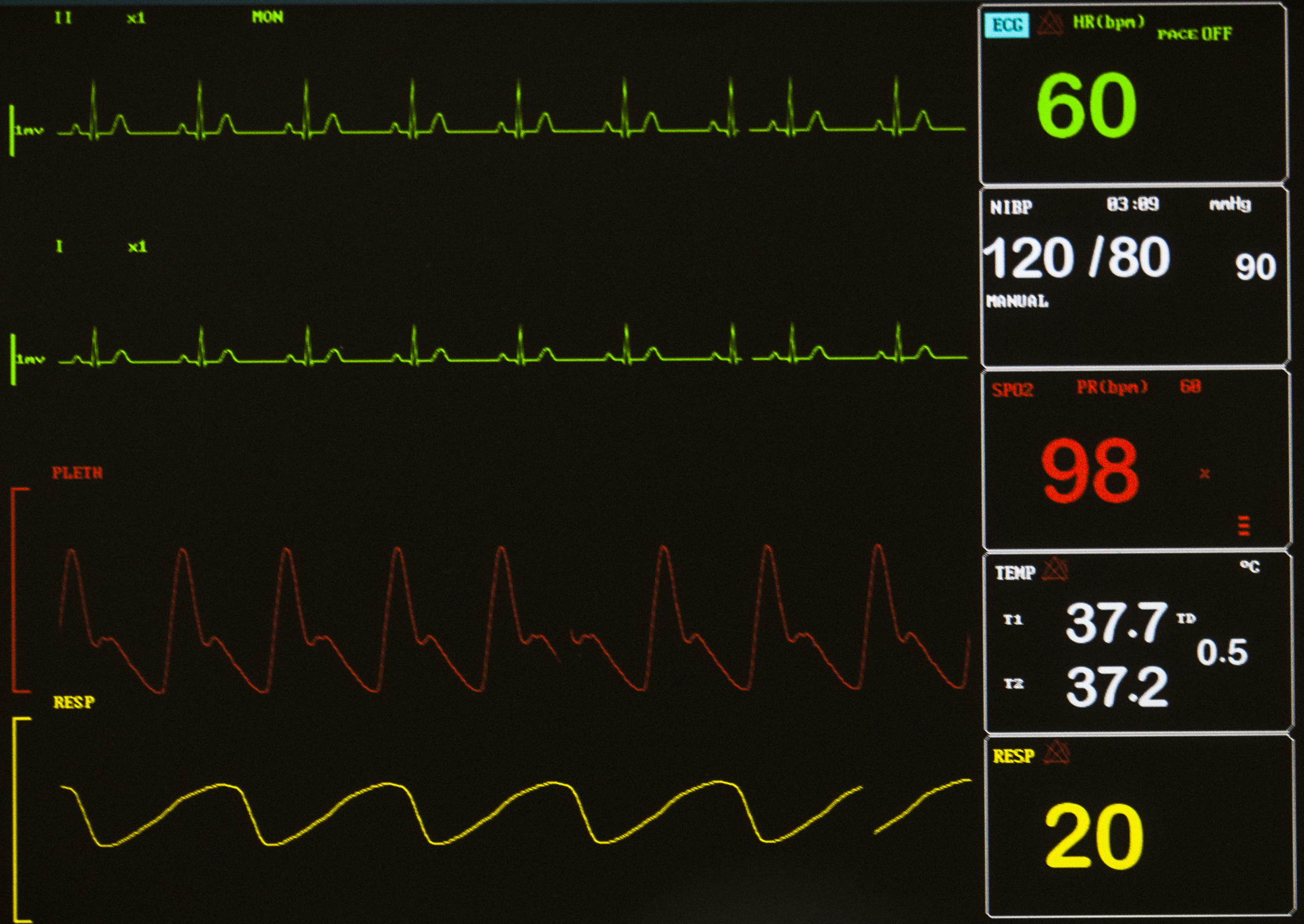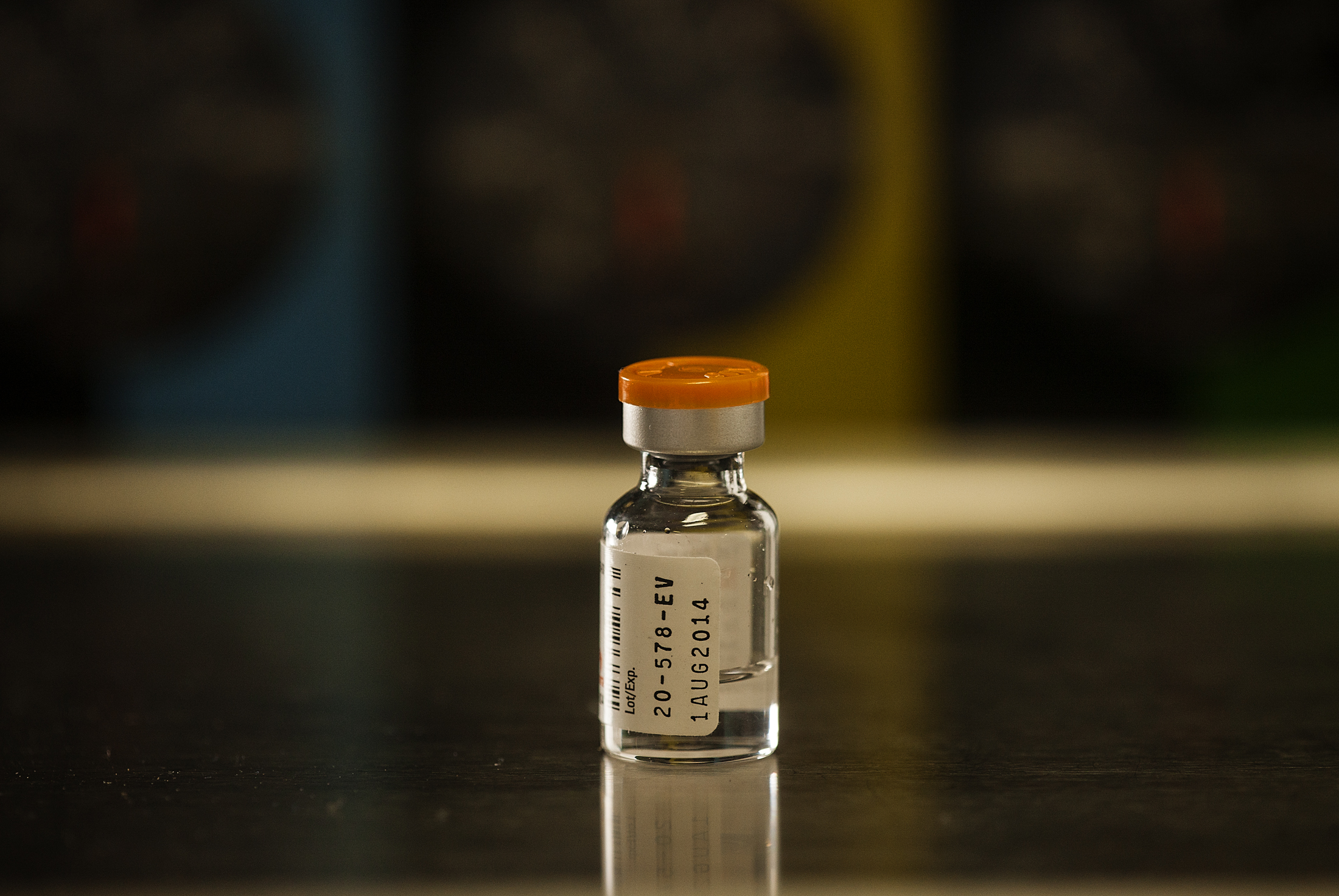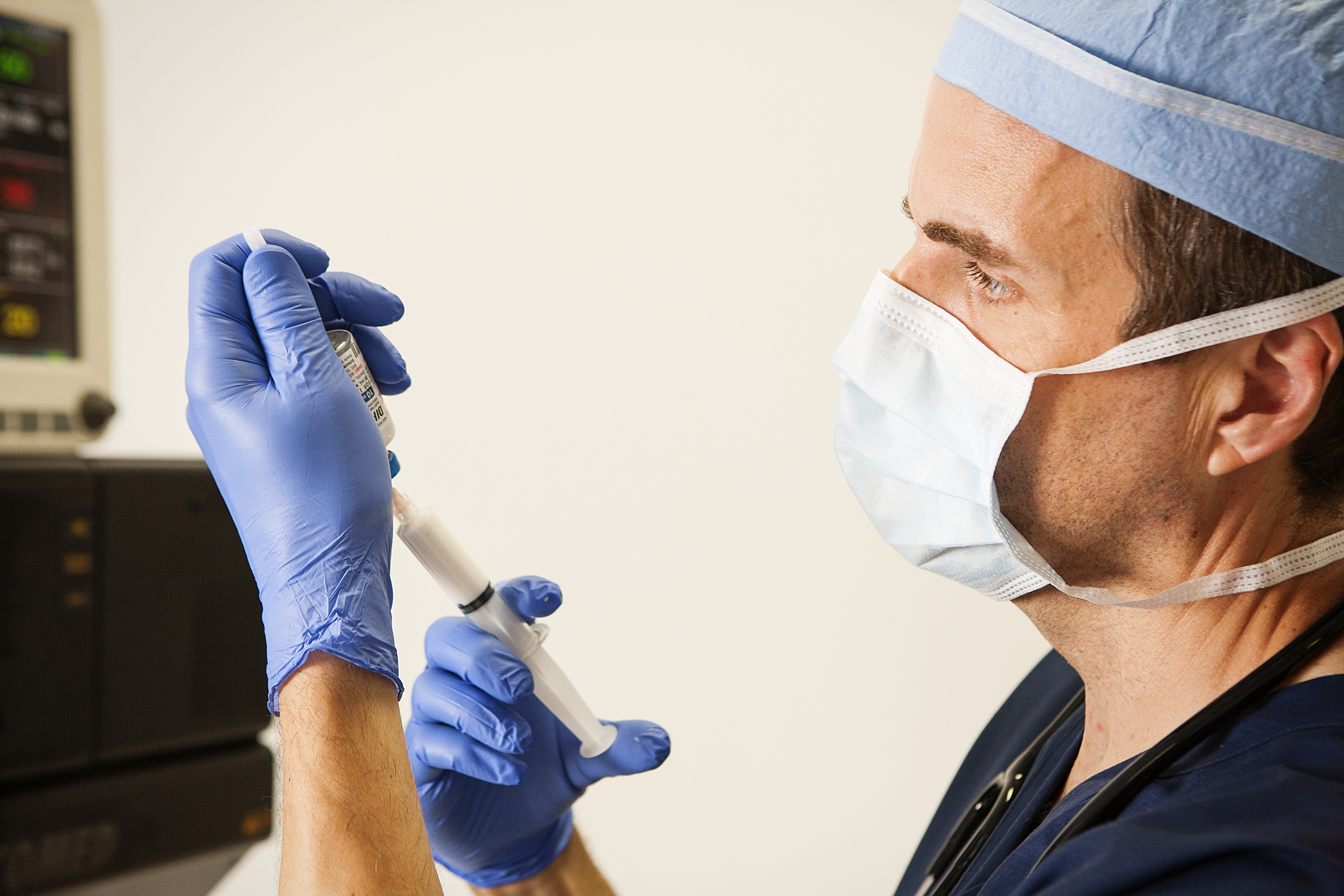
In June 2015, the Department of Health and Human Services honored the Peri-Operative Surgical Home at Phoenix Indian Medical Center with the HHS Innovates Award for its prominent contribution to perioperative care. The award recognized the “Assessment and Planning (A&P)” process [1], which addresses the lack of coordination in perioperative care before, during and after surgical operations.
Perioperative surgical home (PSH) has been proposed as a solution to the underperforming, fragmented, costly perioperative care system. The American Society of Anesthesiologists defines PSH as “a patient-centered and physician-led multidisciplinary and team-based system of coordinated care that guides the patient throughout the entire surgical experience” [2]. It serves the needs of the older patient population in industrialized countries, who often require extensive perioperative care. [3]
The PSH model aims to improve patient health and experience, and raise cost-effectiveness. The model stresses effective communication, shared decision-making, individualized assessment and perioperative care plan. The PSH model has been shown to significantly improve surgical outcomes in such areas as knee and hip arthroplasty, colonic surgery, and chronic obstructive pulmonary diseases (COPD) [4].
The PSH model is also highly cost-effective compared to current post-operative care. PSH has been shown to reduce patients’ length of stay, admissions to skilled nursing facilities and costs of care in connection with knee arthroplasty. [5]
Anesthesiologists are the key players weaving together the various components of PSH. Indeed, as one authority has stated, anesthesiology is perioperative medicine[6]. Although anesthesiology has long been viewed narrowly as a specialty focused on intraoperative processes, it can expand to become the leading specialty in PSH models; it has the potential to deliver significant results in reducing patient morbidity and mortality, and increasing patient satisfaction. [7]
With PSH models, patients and anesthesiologists can establish a trustworthy relationship at the time of admission to a surgical home. Instead of receiving disparate sedation from different anesthesiologists, patients can be looked after by a single provider. [8]
As a consequence, the field of anesthesiology is projected to evolve under the growing adoption of PSH models nationwide. Anesthesiologists may turn into “super-specialists” whose expertise and experience concentrate on fields related to adults, children, critical care, academic research, and pain medicine. [9]
Future anesthesiology education should also aim to integrate the role of the anesthesiologist in PSH models. Anesthesiology residents can face complex challenges such as patient mistrust, misunderstandings in consenting processes and the questioning of competence [10]. As adoption of PSH becomes more prevalent, more such challenges will arise. These can be preempted and addressed through medical education.
There are two types of challenges in moving towards PSH models: operational and fiscal. Hospitals may be reluctant to change surgical care teams to accommodate PSH models, and anesthesiologists may require additional training and guidance to take up leading roles in coordinating pre-, intra- and post-operative care. Moreover, the extra service provided by anesthesiologists may not be adequately reimbursed. Perhaps a bundle package compensation model may be more adequate than a fee-per-service one. [3, 8]
Though not a panacea, PSH-based models promise to significantly improve healthcare on a large scale. One such model has in fact been successfully implemented within the United Kingdom’s healthcare system.[11]
References:
- HHS Idea Lab, Peri-Operative Surgical Home, http://www.hhs.gov/idealab/projects-item/peri-operative-surgical-home-posh/
- Schweitzer M, Fahy B, Leib M, Rosenquist R, Merrick S. The Perioperative Surgical Home Model. ASA Newsl 2013;77: 58–9.
- Holt NF. Trends in healthcare and the role of the anesthesiologist in the perioperative surgical home – the US perspective. Curr Opin Anaesthesiol. 2014 Jun;27(3):371-6,
- Kash BA, Zhang Y, Cline KM, Menser T, TR Miller. The Perioperative Surgical Home (PSH): A Comprehensive Review of US and Non-US Studies Shows Predominantly Positive Quality and Cost Outcomes. Milbank Q. 2014 Dec;92(4):796-821.
- Helwick C. Perioperative Surgical Home Lowers Costs, Optimizes Care. Anesthesiology News. 2014 Dec;40(12)
- Rock P. The future of anesthesiology is perioperative medicine. Anesthesiol Clin North America. 2000 Sept;18(3): 495-513.
- Turrentine FE, Wang H, Simpson VB, Jones RS. Surgical Risk Factors, Morbidity, and Mortality in Elderly Patients. J Am Coll Surg. 2006 Dec;203(6):865-877.
- Kain ZN, Vakharia S, Garson L et al. The Perioperative Surgical Home as a Future Perioperative Practice Model. Anesth Analg. 2014 May;118(5):1126-30.
- Prielipp RC, Morell RC, Coursin DB et al. The Future of Anesthesiology: Should the Perioperative Surgical Home Redefine Us? Anesth Analg. 2015 May;120(5):1142-1148.
- Bould MD, Naik VN, Hamstra SJ. Review article: New directions in medical education related to anesthesiology and perioperative medicine. Can J Anaesth. 2012 Feb;59(2):136-50.
- Knott A, Pathak S, McGrath JS et al. Consensus views on implementation and measurement of enhanced recovery after surgery in England: Delphi study. BMJ Open 2012;2:e001878.




